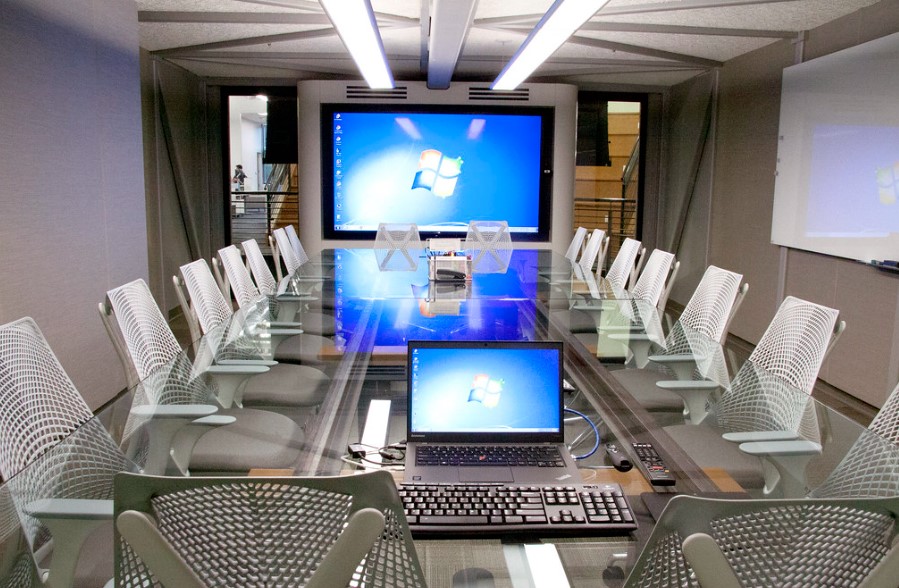The Future of Meeting Room Tech: Virtual Reality and Beyond
As more people work remotely or dip in and out of the office, businesses need to keep up with the changing needs of meeting attendees. They must stay on top of new meeting room technology to do that.
Microsoft has released a new video illustrating its vision for the future of meeting room tech. It shows a space with life-sized remote workers, cameras at eye level to improve eye contact, and spatial audio.
Virtual Reality
VR has become popular in gaming but can be used for other purposes. For example, it could create a virtual experience for shoppers before purchasing.
Businesses are also leveraging VR to train employees on new processes. For example, VR enables workers to see what they will be doing in the future and to work out how to perform it without leaving their office.
It can also help people learn how to interact with different types of customers. For example, healthcare professionals can use VR to test empathy training on patients.
Engineers have also adopted VR to design and inspect planes. The simulations allow them to analyze their design and change it before the launch of a new model. They also have a better understanding of the way their aircraft will behave on the road. This makes them able to create better prototypes. This can save companies money and time.







